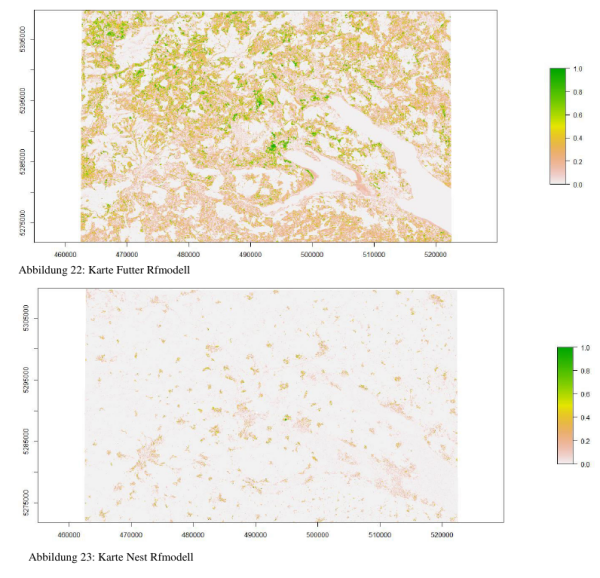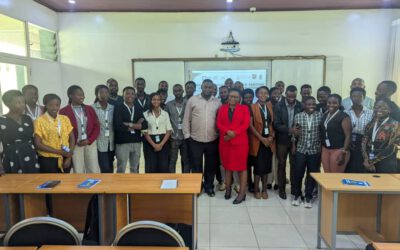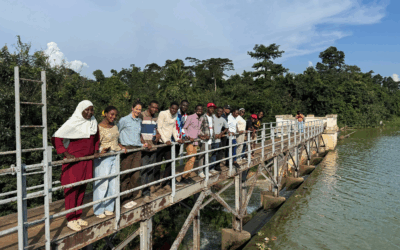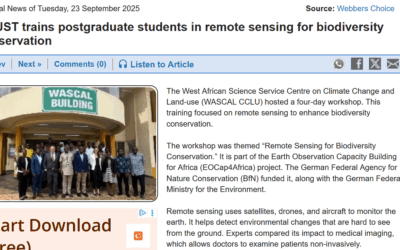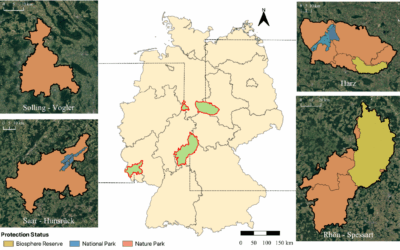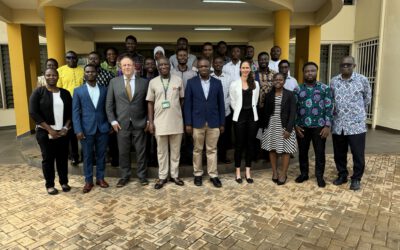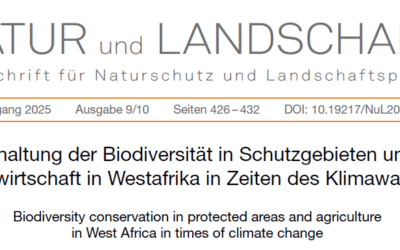 Leonard Hammer handed in his B.Sc. thesis on “explaining spatial patterns of stork movements using remote sensing data”. He used stork data from the Lake Constance region and applied species distribution models on different behavioral states (nesting, feeding etc.) using Landsat TimeScan data. This data set provides temporal metrics for the last years, such as max, min and variance of the NDVI. Moreover, he tested different model performances and scaling effects and found partly that lower resolution data resulted in more sounds results. He was supervised by R. Remelgado and Dr. Martin Wegmann
Leonard Hammer handed in his B.Sc. thesis on “explaining spatial patterns of stork movements using remote sensing data”. He used stork data from the Lake Constance region and applied species distribution models on different behavioral states (nesting, feeding etc.) using Landsat TimeScan data. This data set provides temporal metrics for the last years, such as max, min and variance of the NDVI. Moreover, he tested different model performances and scaling effects and found partly that lower resolution data resulted in more sounds results. He was supervised by R. Remelgado and Dr. Martin Wegmann
EOCap4Africa training in Ruhengeri
This week, over 25 students are attending a training session at the Institute of Applied Sciences (INES) in Ruhengeri, Rwanda, using the MSc module on Remote Sensing for Biodiversity Conservation that we developed. This module is part of the EOCap4Africa project...

